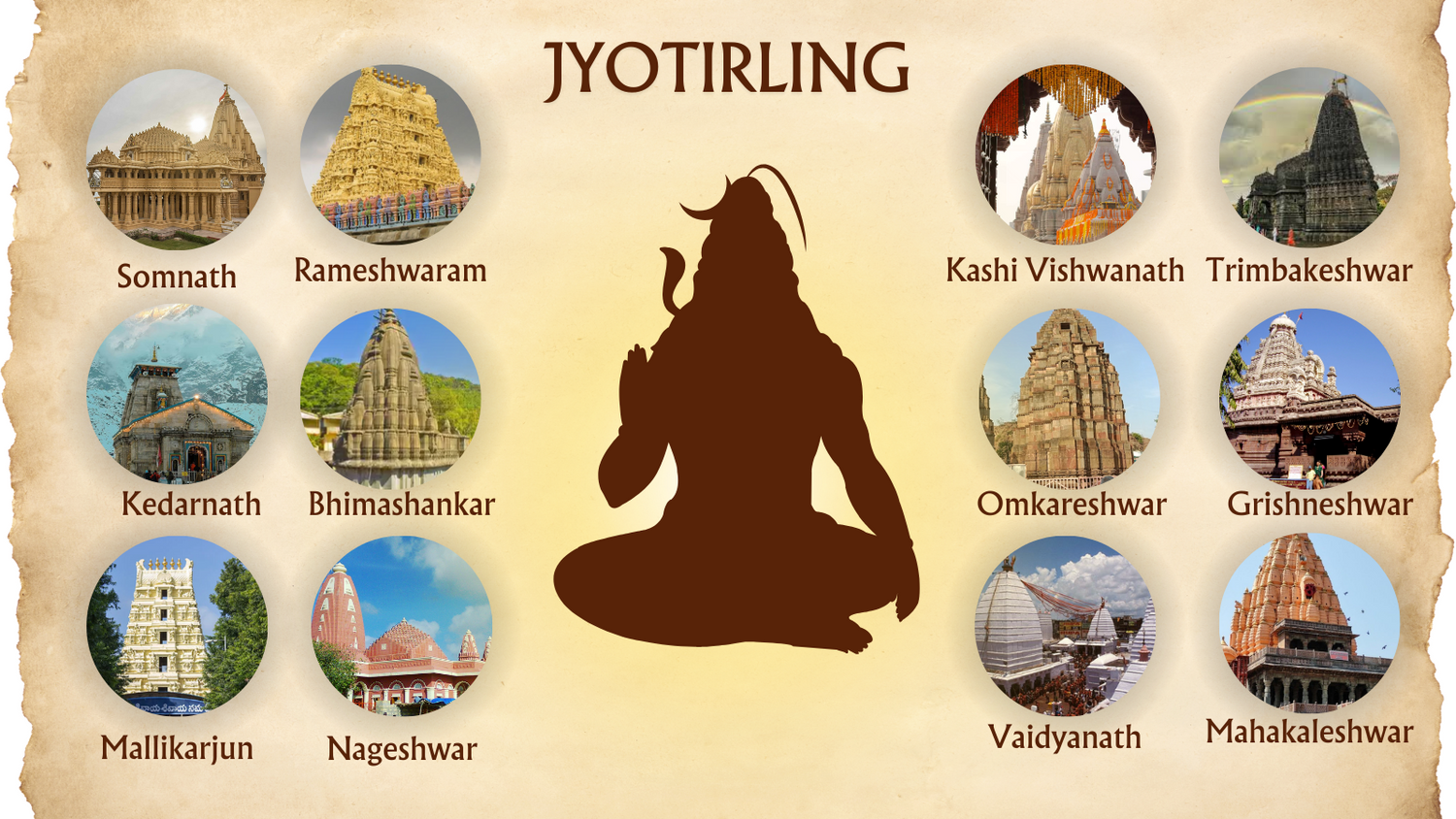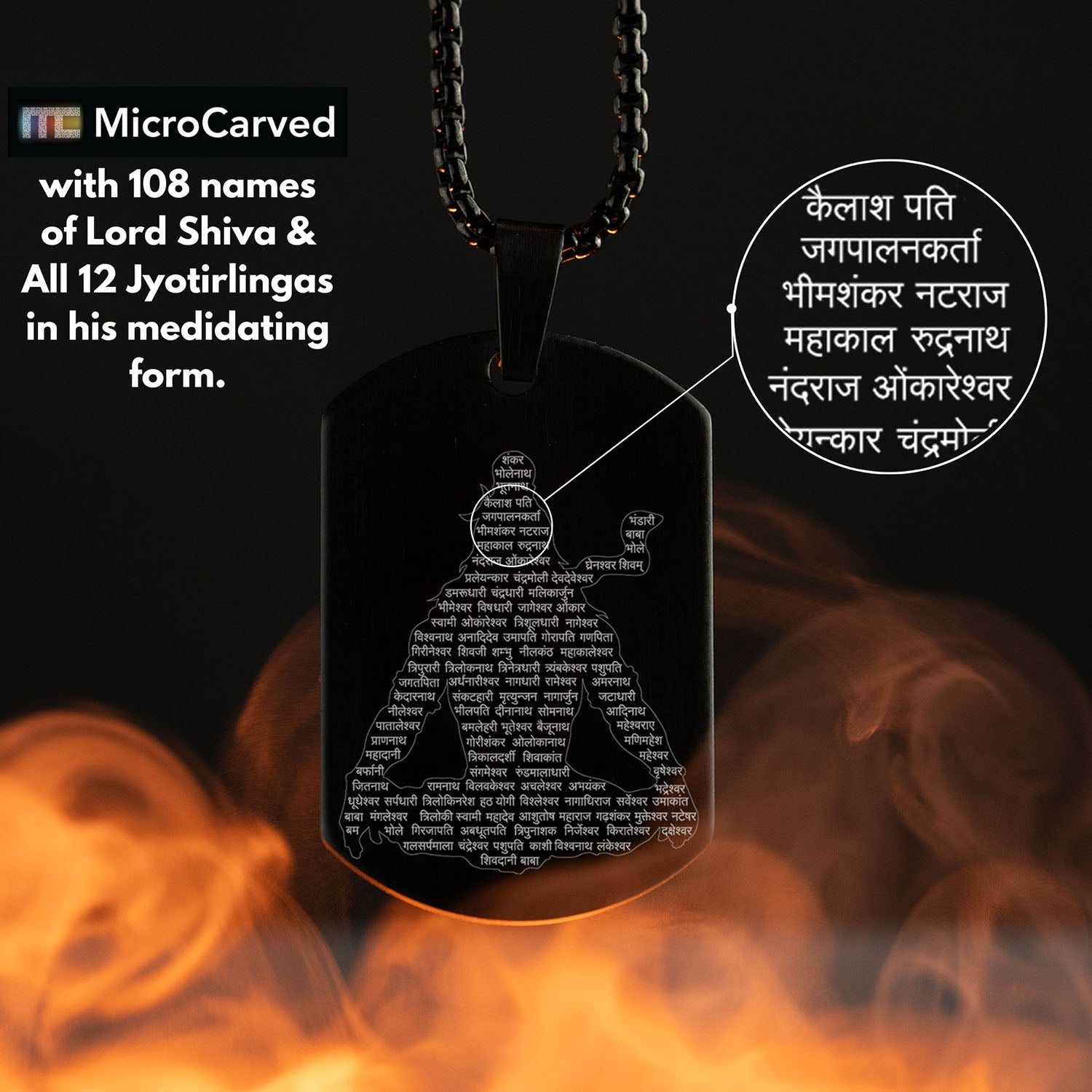India is a land of spirituality, where ancient temples and sacred shrines dot the landscape, each telling its own story. Among these, the twelve Jyotirlingas are revered as the most sacred abodes of Lord Shiva. These shrines hold a special place in Hinduism, drawing devotees from all corners of the world. Let’s dive into the mystical tales and enchanting beauty of each Jyotirlinga. A Shivling, or Shiva Lingam, is a symbolic representation of Lord Shiva, one of the principal deities in Hinduism. It is a smooth, cylindrical stone that stands on a rounded base called a yoni, symbolizing the goddess Shakti. The Shivling embodies the cosmic pillar of light, representing the infinite nature of Shiva. Worshiping the Shivling is believed to purify the soul, remove sins, and grant spiritual enlightenment. It is a central element in temples dedicated to Lord Shiva, and its simplicity and profound symbolism resonate deeply with devotees worldwide.
A Jyotirlinga, also known as Jyotirlingam, is a sacred representation of Lord Shiva, one of the principal deities in Hinduism. The term "Jyotirlinga" translates to "pillar of light," symbolizing the infinite nature and radiant presence of Shiva. According to Hindu mythology, there are twelve such Jyotirlingas scattered across India, each considered highly auspicious. These shrines are believed to be places where Shiva manifested himself as a radiant column of light, signifying his omnipresence and divine power. Worshippers visit these temples seeking blessings, spiritual enlightenment, and liberation from the cycle of rebirth. Each Jyotirlinga has its own unique legend and significance, contributing to the rich tapestry of Hindu spiritual tradition.
1. Somnath Jyotirlinga, Gujarat
The Somnath Temple, perched on the western coast of Gujarat, is the first among the twelve Jyotirlingas. This temple, often referred to as "The Protector of Moon God," is steeped in history, having been reconstructed multiple times after invasions. The Somnath Temple has been destroyed and rebuilt sixteen times over the centuries due to invasions, showcasing its resilience and historical significance.Legend has it that Lord Shiva healed the moon god Chandra from a curse here. The temple’s seaside location adds to its spiritual serenity, offering breathtaking views of the Arabian Sea.

2. Mallikarjuna Jyotirlinga, Andhra Pradesh
Nestled in the Nallamala hills, the Mallikarjuna Jyotirlinga in Srisailam is a gem of spirituality and natural beauty. It stands as both a Jyotirlinga and a Shakti Peetha, symbolizing the divine union of Lord Shiva and Goddess Parvati. The temple’s architecture is stunning, and the surrounding landscapes are lush and inviting, making it a haven for both pilgrims and nature lovers.
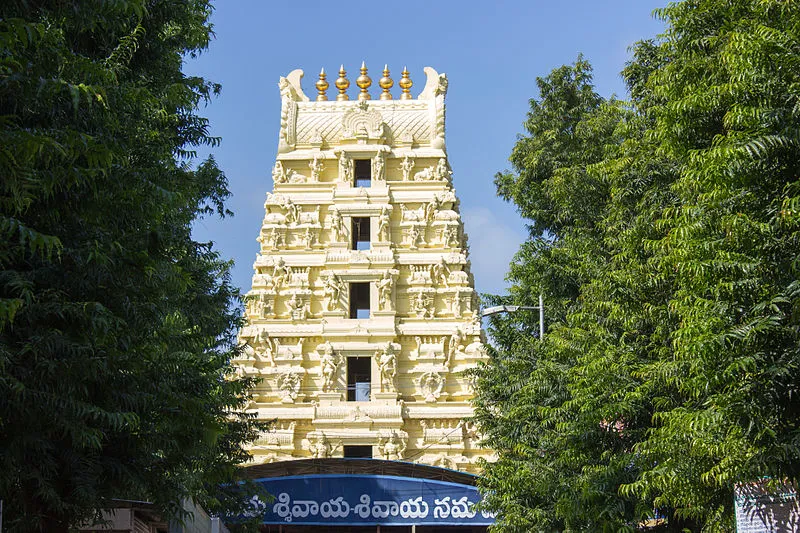
3. Mahakaleshwar Jyotirlinga, Madhya Pradesh
In the heart of Ujjain lies the Mahakaleshwar Jyotirlinga, where Lord Shiva is worshipped in his fierce form as Mahakal, the Lord of Time. Unique for its south-facing idol, the temple’s daily Bhasma Aarti, where sacred ash is offered to the deity, is a mesmerizing ritual. The energy here is palpable, and the temple’s ancient ambiance takes you back in time.
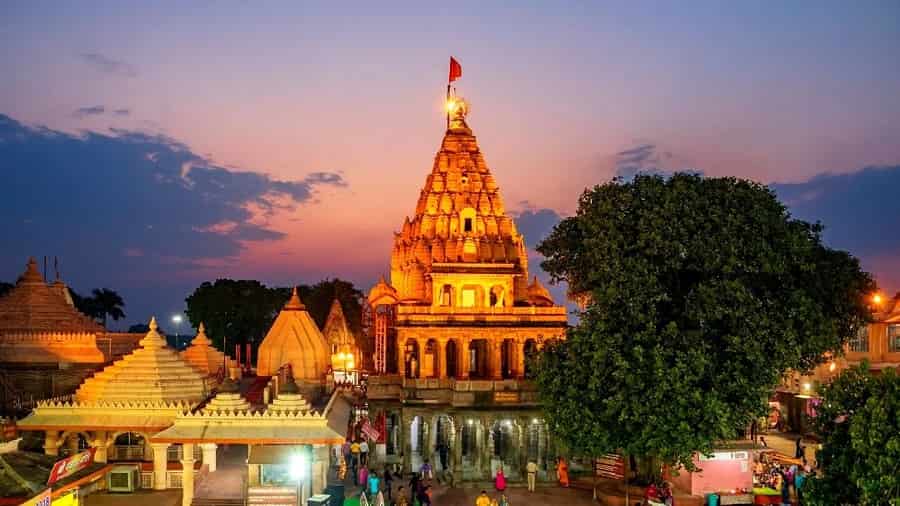
4. Omkareshwar Jyotirlinga, Madhya Pradesh
Situated on the island of Mandhata in the Narmada River, the Omkareshwar Jyotirlinga is a spiritual oasis. The island of Mandhata, where the temple is located, is naturally shaped like the 'Om' symbol, adding a mystical dimension to the pilgrimage. Devotees flock here to experience the divine presence of Lord Shiva, feeling a deep connection to the omnipresent deity amidst the serene waters.
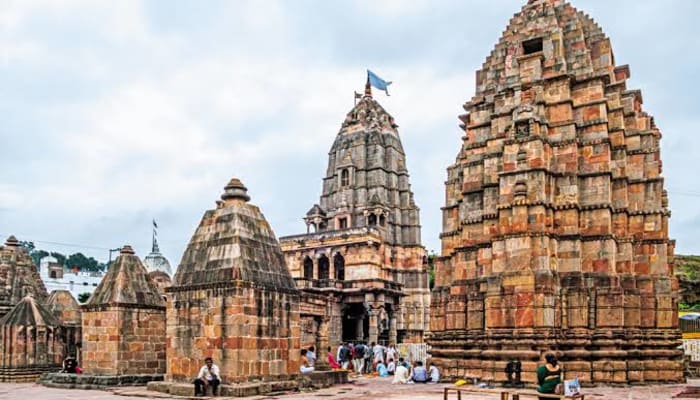
5. Kedarnath Jyotirlinga, Uttarakhand
Kedarnath, located high in the Himalayas, is one of the most revered Jyotirlingas. The temple’s remote location amidst snow-capped peaks offers a challenging yet spiritually rewarding pilgrimage. At an altitude of 3,583 meters, it is the highest among the Jyotirlingas and offers a challenging yet spiritually fulfilling journey. It is believed that the Pandavas built this temple to seek Lord Shiva’s forgiveness after the Kurukshetra war. The sheer majesty of the landscape and the temple’s spiritual aura are unmatched.
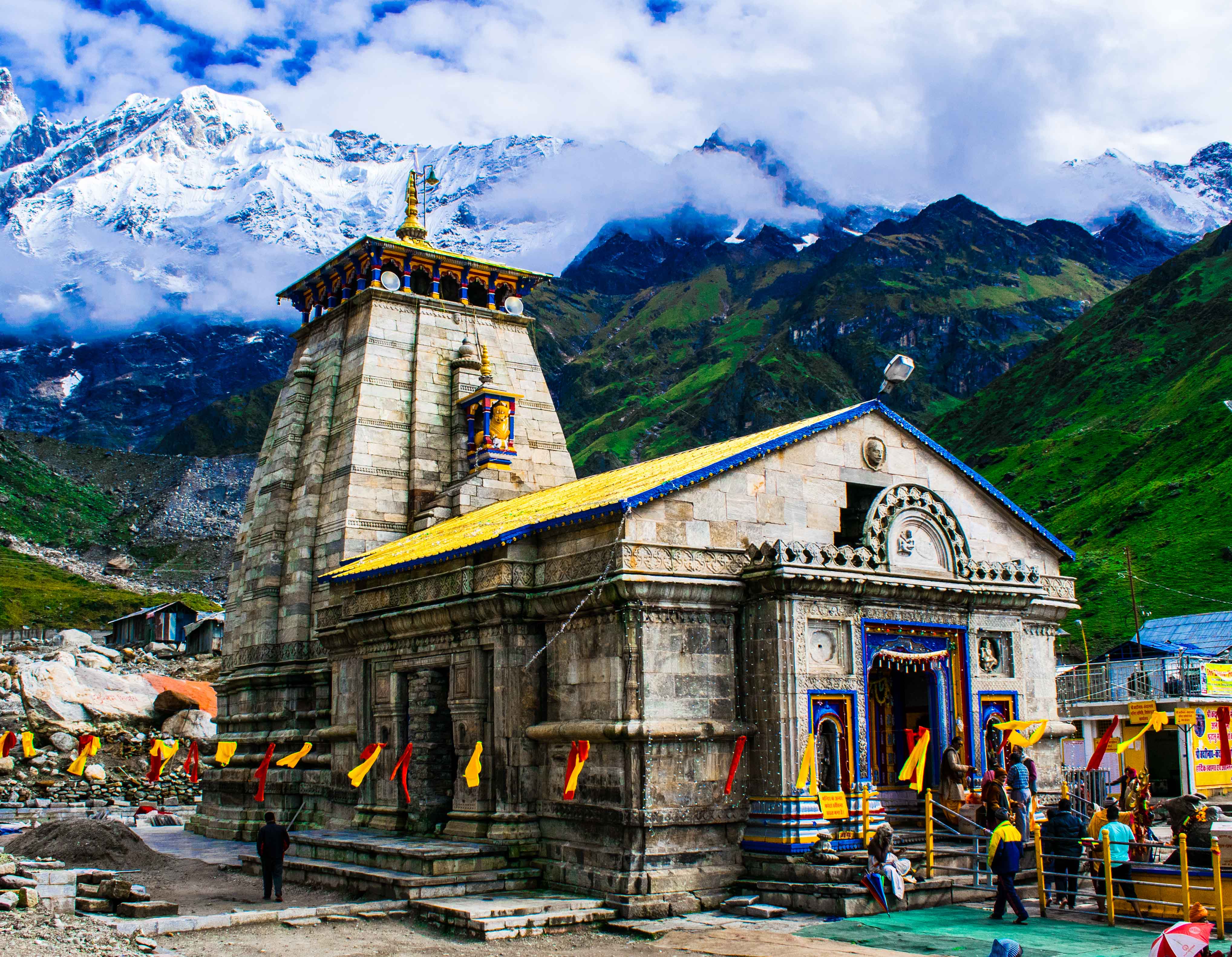
6. Bhimashankar Jyotirlinga, Maharashtra
Hidden in the lush forests of the Sahyadri hills near Pune, the Bhimashankar Jyotirlinga is a place of natural beauty and deep spirituality. According to legend, Lord Shiva vanquished the demon Tripurasura here. The temple’s peaceful surroundings and the nearby Bhimashankar Wildlife Sanctuary create a perfect blend of spirituality and nature.
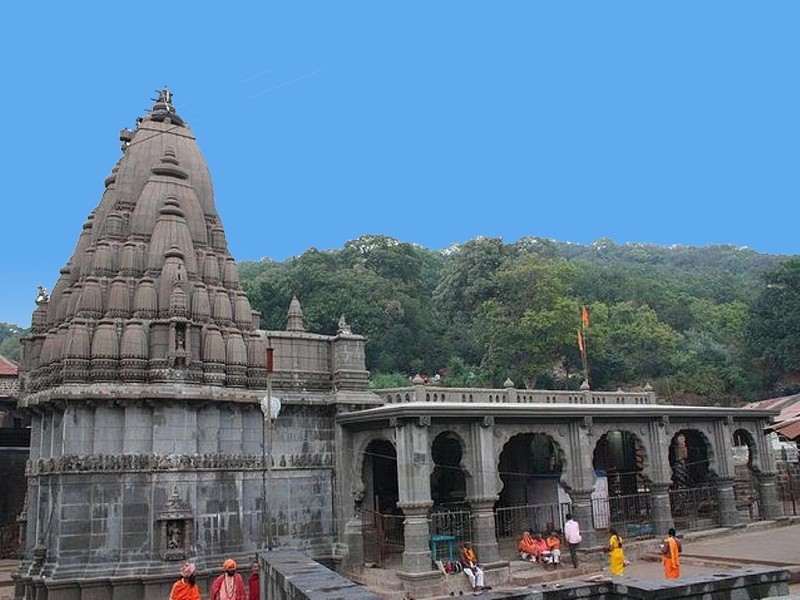
7. Kashi Vishwanath Jyotirlinga, Uttar Pradesh
In the bustling, holy city of Varanasi, the Kashi Vishwanath Temple stands as a beacon of spiritual light. A dip in the sacred Ganges River and a visit to this temple are believed to grant moksha, liberation from the cycle of rebirth. The vibrant atmosphere, filled with chants and rituals, envelops you in a sense of timeless spirituality.
8. Trimbakeshwar Jyotirlinga, Maharashtra
Near Nashik, the Trimbakeshwar Temple is unique for its three-faced lingam embodying Brahma, Vishnu, and Shiva. Situated at the source of the Godavari River, it holds immense spiritual significance. The temple’s intricate architecture and the river’s sacred waters draw countless pilgrims, especially during the Kumbh Mela.
9. Vaidyanath Jyotirlinga, Jharkhand
The Vaidyanath Temple in Deoghar, also known as Baidyanath Dham, is where the demon king Ravana is said to have worshipped Lord Shiva to gain his blessings. It is believed that prayers here can cure ailments and bestow health and prosperity. The temple’s spiritual energy and the stories of devotion and miracles attract numerous visitors.
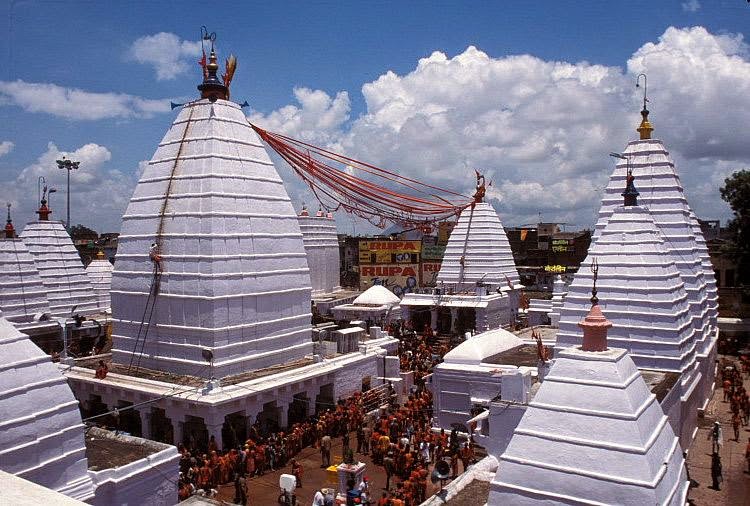
10. Nageshwar Jyotirlinga, Gujarat
Near Dwarka, the Nageshwar Temple is associated with the legend of Lord Shiva protecting his devotee from a demon. The temple’s serene coastal location and its tranquil environment make it a peaceful retreat for those seeking spiritual solace. The giant statue of Lord Shiva at the site adds to the temple’s grandeur.

11. Rameshwar Jyotirlinga, Tamil Nadu
The Rameshwar Temple on the island of Rameswaram is a cornerstone of Hindu pilgrimage, part of the Char Dham. Lord Rama is believed to have worshipped Shiva here to absolve the sin of killing Ravana. The temple’s intricate corridors and sacred waters of the Agni Theertham are a testament to its spiritual significance.

12. Grishneshwar Jyotirlinga, Maharashtra
Close to the famous Ellora Caves, the Grishneshwar Temple is the last of the twelve Jyotirlingas. Its simple yet elegant architecture tells the story of Lord Shiva’s love and devotion for his consort Parvati. The temple’s peaceful surroundings and its proximity to the historic caves make it a spiritually enriching destination.
Visiting the twelve Jyotirlingas is more than just a pilgrimage; it’s a journey through the heart of India’s spiritual and cultural heritage. Each Jyotirlinga has a unique story, offering a profound glimpse into the devotion and faith that underpin Hinduism. Whether you seek enlightenment, cultural insights, or simply the serene beauty of these sacred sites, the Jyotirlingas provide a transformative experience that will resonate with you forever.
If you are a believer, Mesmerize' spiritual collection should definitely be something for you to check out. The 108 Names of Shiva Necklace stands out as a tribute to Lord Shiva’s infinite forms and divine essence. This necklace is meticulously crafted, featuring the 12 Jyotirlingas alongside 108 other sacred names of Lord Shiva, symbolizing his omnipresence and unparalleled power. Designed with waterproof and anti-tarnish properties, this piece is perfect for daily wear, allowing devotees to carry the divine energy of Shiva wherever they go. With its intricate detailing and spiritual significance, the 108 Names of Shiva Necklace is not just a stunning accessory but a personal sanctuary of devotion and faith, making it an ideal companion for those on a spiritual journey. You can check it out here.
Get an exclusive discount of 10% by using "shivbhakt" at checkout.
Image Source: Google Images

